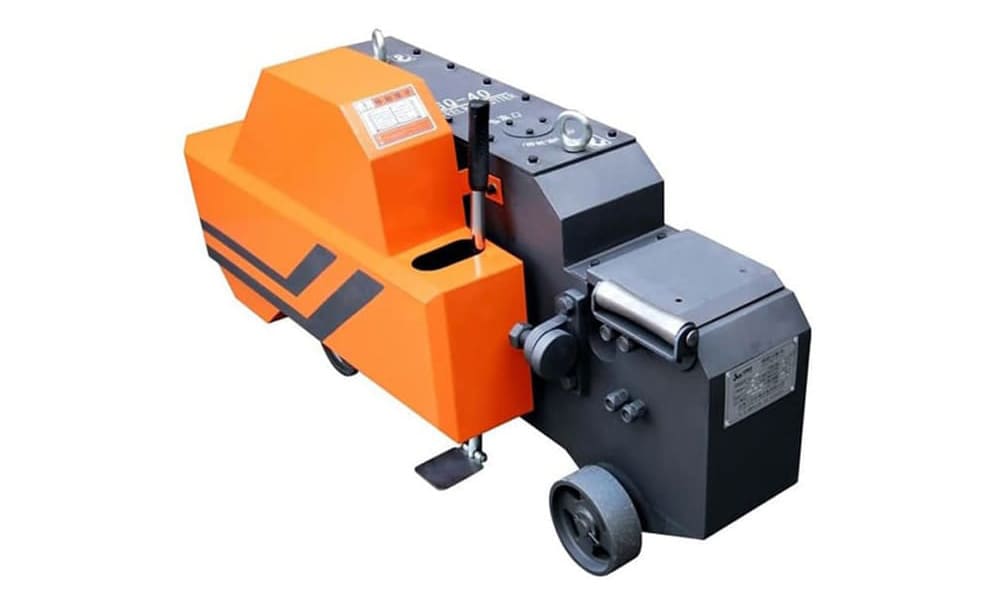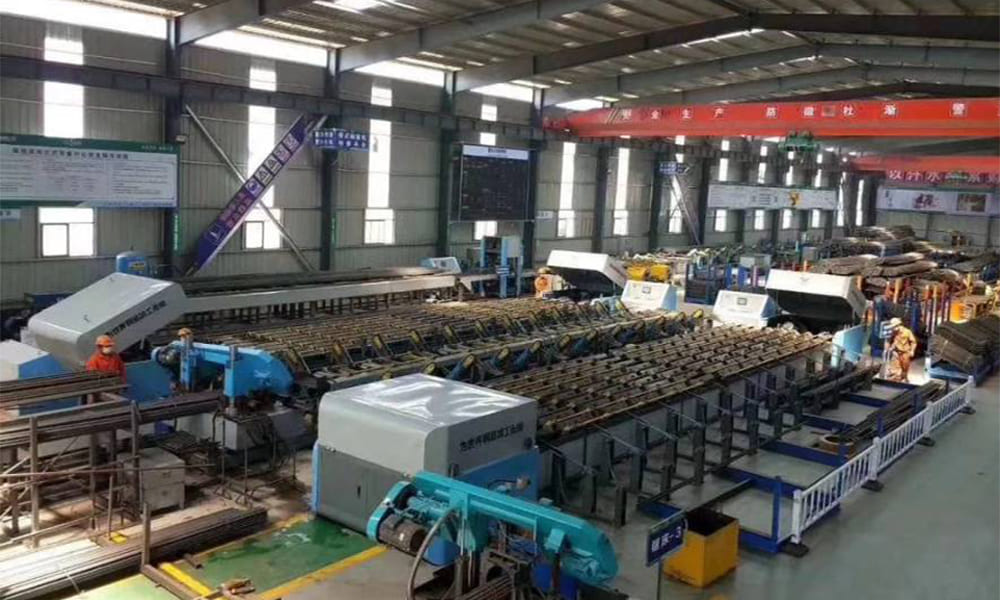In any manufacturing setting, ensuring the safe and efficient operation of equipment is paramount. Equipment operators play a crucial role in maintaining a smooth production process. To achieve this, it is essential for operators to adhere to a set of guidelines to guarantee both their safety and the optimal functioning of the equipment.
- Understanding the Equipment: Before operating any equipment, it is crucial for the operator to have a solid understanding of its structure, performance, and operating principles. This knowledge forms the foundation for safe and effective equipment use.
- Pre-Operation Checks: Thoroughly inspect the equipment’s condition and safety features before initiating any operation. Start the equipment only after confirming that everything is in proper working order.
- Circuit Check and Power-Up: Prior to starting the equipment, check for abnormalities in the relevant circuit, particularly focusing on the PE line connection. Once satisfied with the circuit’s integrity, close the main power switch to power up the equipment.
- Console Activation: Activate the power switch on the console and check for any alarm displays. If alarms are indicated, follow the fault prompts on the alarm screen to troubleshoot and eliminate the issues.
- Switch on the main power supply in the electric control cabinet.
- Turn on the system switch.
- Set the Manual/Auto/Edit button to the middle position for editing the pattern.
- In case of emergencies or incorrect operations, press the emergency stop button promptly, and resolve errors following the display prompts. Use the reset button to return to the ready working state.
Note: Excessive use of the emergency stop button or transitioning from an automatic state to another state may require parameter adjustments.
- Adjustments for Precision: After the initial setup, make necessary adjustments to ensure precision in the equipment’s operation. These include adjustments to the straightening part of the depressive roller, upper and lower bends of the steel bar, inside and outside bending of the reinforcement, amount of steel bar depression, shearing mechanism, and bending shaft.
- Verification for Mass Production: Only proceed to mass production once all the aforementioned steps have been successfully completed and the equipment is operating normally.
- Lubrication Maintenance: Regularly lubricate the equipment to ensure smooth and efficient operation. Proper lubrication enhances the lifespan of the machinery and minimizes wear and tear.
- Post-Operation Shutdown and Cleanup: After completing the work, responsibly turn off the power switch. Prioritize the cleanliness and sanitation of the equipment area for optimal functionality and future use.
Equipment operators can contribute to a safer working environment and ensure the longevity of the machinery in a manufacturing setting. Regular adherence to these guidelines will promote a smooth production process and minimize the risk of accidents or equipment malfunctions.



